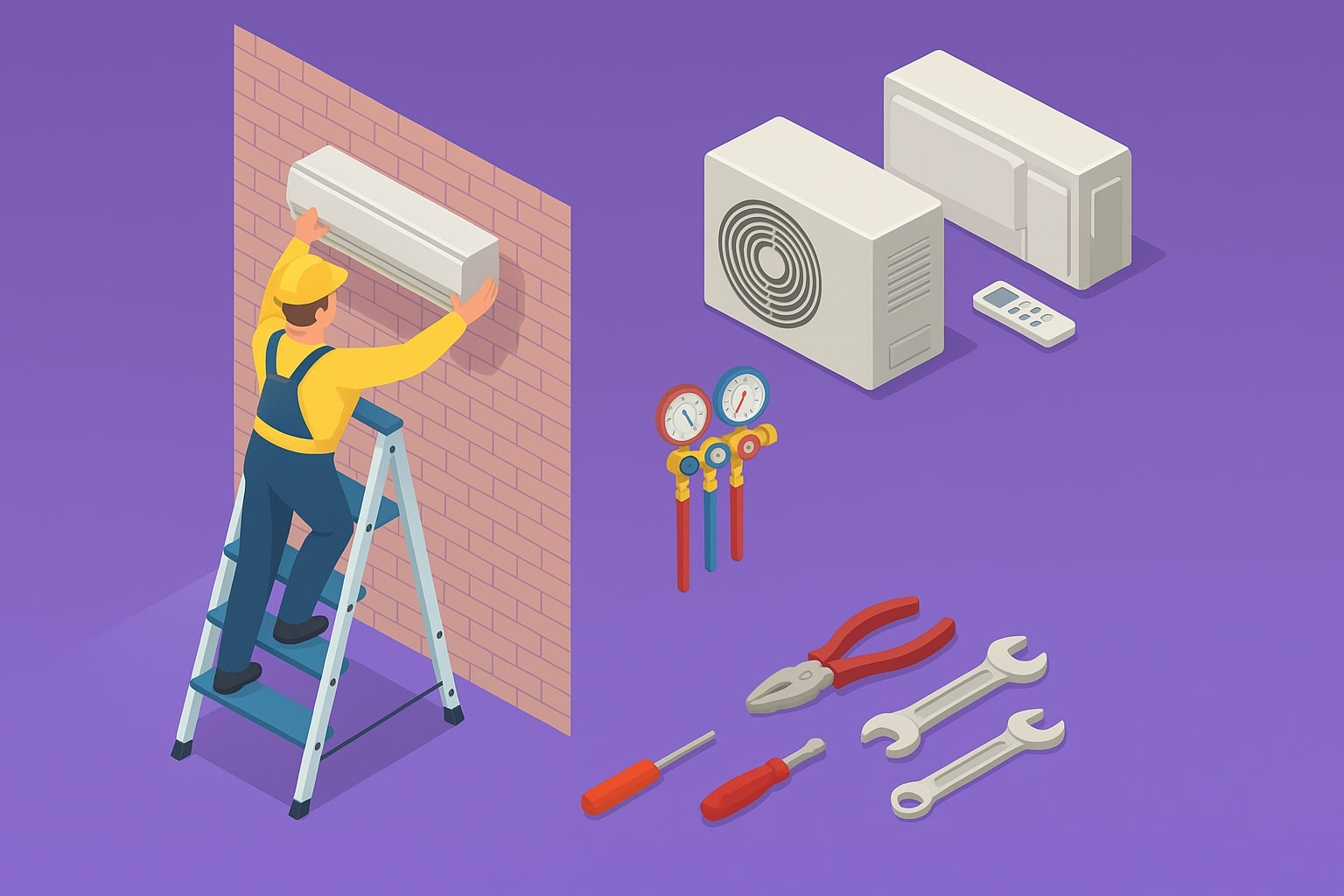
How to Value a Heating and Air Conditioning Business + 15 Factors to Increase Value
Whether you're ready to sell your HVAC business or just assessing its worth, we break down valuation methods and key factors that can increase its value.
Business Owners, Private Equity
Effective buy-side deal teams are well-versed at issues during due diligence that might impact a deal. But even the most astute deal teams can miss technical and IT aspects of the target company that can significantly impact the cost of the integration and the return on the investment.
Here are seven often overlooked areas of potential hidden technical debt that acquirers should investigate prior to close.
Desktops, laptops, mobile phones, and tablets are the tools of the modern office worker. In most businesses each employee has at least one of these and in many cases 2 or 3.
The acquiring business will assume responsibility for the condition and upgrade/replacement policies for these devices. Even in a small company acquisition, there can be hundreds of devices to track, maintain, update, replace, or discontinue. A well run business should have an inventory of employee devices.
During due diligence, use this inventory to determine if excessive technical debt exists in the device fleet. If the business does not have a device inventory, further due diligence investigation will be needed to determine hidden costs.
Most businesses still use physical servers. These could exist in a rented data center or be stacked up in the closet down the hall.
As an acquirer, you need an accurate list of these assets and the purpose they serve. The actual server hardware needs to be checked for age, serviceability life, warranty, general condition, and need. A server upgrade can be a non-trivial task, especially on a mission critical application. Factor in the costs of migration, updates, and maintenance of these physical assets in due diligence planning.
In addition to physical hardware inventory, the operating systems of the servers need to be checked. Operating system vendors like Microsoft, Apple, or Linux issue updates to correct software defects and security vulnerabilities. It is up to the system administrators to keep up with the installation of patches and updates. Systems that have not been patched are more vulnerable to penetration and disruption.
Spend time during due diligence inventorying the operating systems’ patch level and the security vulnerabilities of the servers. Then plan for additional time and effort post-integration to mitigate.
Some businesses rely on older software applications, sometimes custom-built. Old or obsolete software is a significant cost factor when planning mergers of technical assets.
During due diligence, inventory all software in use by the business. Licenses, support contracts, warranties, and necessary upgrades also should be documented. Software applications that are no longer supported by the vendor or creator need to be factored into the cost of the merger. Knowing the landscape of the business software and planning for changes during due diligence can save significant amounts of time and money during the execution phase.
Many businesses still use paper. Make sure you understand which processes are dependent on paper, how its stored, whether it is needs to be converted to electronic format and the like.
Paper can generate storage, security, and accessibility issues for the acquiring business.
Integrating paper processes with electronic processes of the acquiring business can add time, expense, and potential errors, as well as require additional equipment. Investigate this liability up front to appropriately plan for it during integration.
Almost all businesses have databases to hold corporate, product, or customer data. Careful examination of the database architecture yields important facts regarding duplicate data that will impact future integrations. Duplicate data leads to misreporting, inefficiencies, and security risks. It’s not a deal-killer, but does need to be examined and understood to determine its ongoing need, security risk, and cost impact to the merger.
Custom software can be a competitive advantage, and help make a target attractive. However, custom software can also hide all kinds of scary things. On the outside things may look shiny and new, but on the inside there may be loads of technical debt.
During due diligence, consider the software’s architecture, dependencies, and implementation. Look at the quality of the code and what tools and languages were used. All these factors impact the cost of the business and its ability to grow and integrate in the future.
